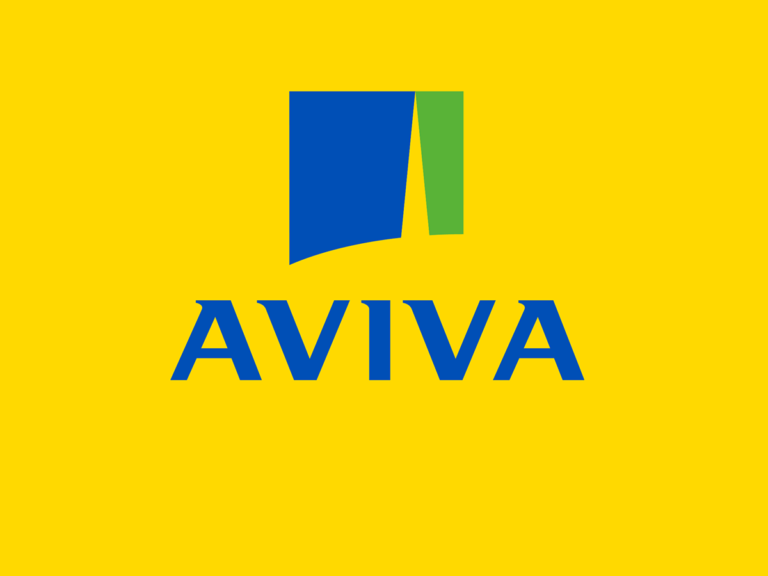Title Page
-
Date
-
Completed by
-
Location
-
To view our Loss Prevention Standard that supports this checklist, please view the following link : https://broker.aviva.co.uk/documents/view/aviva_fire_compartmentation_lps.pdf
Fire Compartmentation Checklist
-
1. Has a formal fire risk assessment been completed that considers property damage and business impact?
-
2. Is the fire compartmentation and use of fire doors consistent with the needs of the site?<br>• Life safety?<br>• Property values?<br>• Business impact/interruption?<br>• Smoke sensitivity?
-
3. Are there accurate fire compartmentation wall/floor drawings for the site? <br>Including:<br>• Materials of construction?<br>• Fire resistance in minutes?<br>• Structural resistance: ability of the material to resist structural collapse?<br>• Integrity: ability to resist the passage of fire, hot gases and smoke?<br>• Insulation: ability to resist conduction of heat?
-
4. Are all the following identified on the fire compartmentation drawings:<br>• Ventilation systems?<br>• Extraction systems?<br>• Service risers?<br>• Cable tray runs?<br>• Utility runs?<br>• Pipe runs?<br>• Drainage and waste systems?<br>• Floor and ceiling voids?<br>• Fire/smoke doors?<br>• Fire/smoke dampers?<br>• Fire/smoke shutters?<br>• Intumescent devices?<br>• Draft/smoke curtains?<br>• Heat and smoke vents?
-
5. Are all fire and smoke doors, shutters and dampers formally listed with a unique identifier?
-
6. Are all penetrations through fire compartments sealed with appropriately approved/listed fire stopping materials?
-
7. Are formal and documented fire compartment inspections and checks completed by a competent individual?<br>• Weekly?<br>• Monthly?<br>• Quarterly?<br>Are issues raised tracked through to completion?<br>Is the return frequency of these inspections based on issues found?
-
8. Are formal annual fire compartment audits completed by a competent individual?
-
9. Is a formal fire compartment audit completed by a competent person following any changes/projects?
-
10. Are ceiling and floor voids included in the fire compartment inspections and audits?
-
11. Are any of the fire walls parapetted?
-
Are these areas considered as part of the annual fire compartment audits?
-
12. Is there any damage, deterioration, wear and tear or breaches to the fire protection of the structural framework?
-
What remedial works are planned?
-
13. Is there any intumescent paint to any structural steelwork?<br>• Is this included in the fire compartmentation audits?<br>• Does this need reapplication?<br>• Is this near to the end of its effective life?
-
14. Is there damage, deterioration, wear and tear or breaches to the fire resistant walls?
-
What remedial works are planned?
-
15. Is there damage, deterioration, wear and tear or breaches to fire resistant floors?
-
What remedial works are planned?
-
16. Is there damage, deterioration, wear and tear or breaches to fire doors and shutters, including fixings and framework?
-
What remedial works are planned?
-
17. Are all normally open fire doors, shutters and dampers reviewed by a competent person to check they automatically close with an appropriate interlock to an automatic fire detection system?
-
18. Are all normally open fire doors, shutters and dampers closed when the premises are vacated/at the end of the working day?
-
19. Are all fire door, damper and shutter closure devices visually and formally checked periodically by a competent person?
-
20. Are the automatic closure actuation elements of every normally open fire door, damper and shutter trip tested on an annual basis?
-
21. Are any fire doors propped open at any time, e.g. using wedges, etc.?
-
22. Is there damage, deterioration, wear and tear or breaches to the fire resistant glazing, including fixings and framework?
-
What remedial works are planned?
-
23. Is there damage, deterioration, wear and tear or breaches to the fire stopping to penetrating services such as air handling equipment, electrical services, piping breaches, etc.?
-
What remedial works are planned?
-
24. Are there any fire dampers within ducting?
-
Are they securely fixed, inspected, maintained and tested?
-
25. Is there damage, deterioration, wear and tear or breaches to the protected zone?
-
What remedial works are planned?
-
26. Is there damage, deterioration, wear and tear or breaches to any smoke/draft curtains?
-
What remedial works are planned?
-
27. Are any smoke/draft curtains automatically operated and if so, are they maintained and tested by competent individuals?
-
28. Are there any heat and smoke vents?<br>• Are these automatically actuated?<br>• Are these in sprinkler protected areas? If ‘yes’ do they only open via manual actuation?<br>• Are they maintained and tested?
-
29. As part of any regular fire alarm test, are all automatically interlocked operating devices, e.g. doors, dampers, vents, etc. verified as operating as intended?
-
30. After any regular fire alarm test are all devices verified as being returned to their ‘normal’ position, e.g. heat and smoke vents not left open, etc.?
-
31. Is the building ventilation interlocked to immediately shut down upon actuation of the fire alarm system?<br>N.B. Smoke contamination can be exacerbated if the ventilation is allowed to continue.<br>See Aviva Loss Prevention Standard on Smoke Contamination.
-
32. Are any flammable or combustible liquids used in buildings that if released could pass beneath a closed fire door?
-
Are appropriate measures taken to prevent this and maintain the fire compartmentation strategy?
-
33. Is fire compartmentation considered as part of the Management of Change process?
-
34. Are method statements obtained for own staff and contractors who undertake work which could damage or breach the fire compartmentation?
-
35. Where work has damaged or breached the fire compartmentation is the repair work and its time frame clearly specified?
-
36. Are only approved and accredited contractors and products used for any new or compartmentation projects or repairs to compartmentation?
-
37. After any change or work on site, is the fire compartmentation integrity formally signed off as being consistent with the fire compartmentation drawings or risk assessments?
Sign Off
-
Additional Comments
-
Completed by (Name and Signature)














